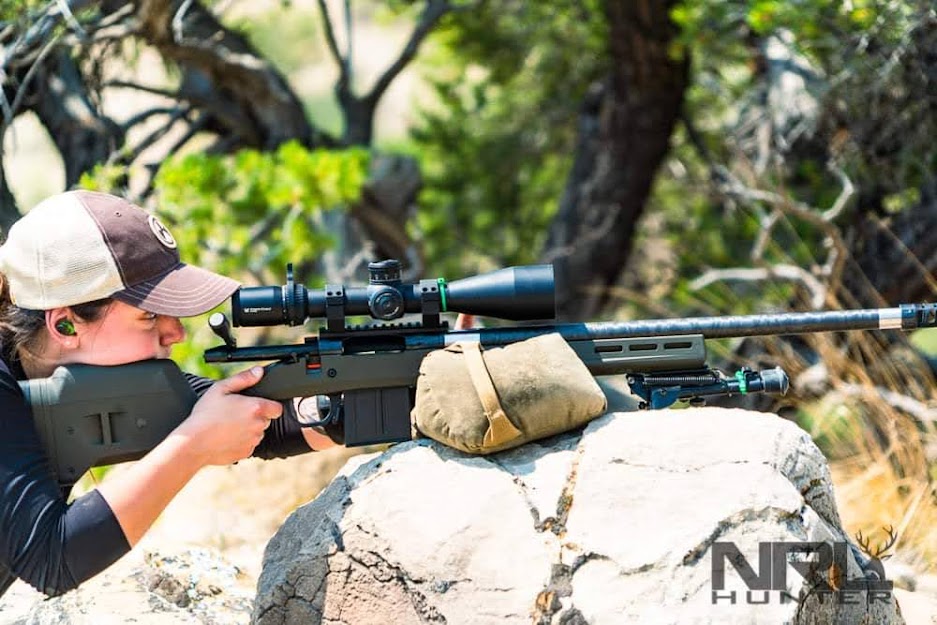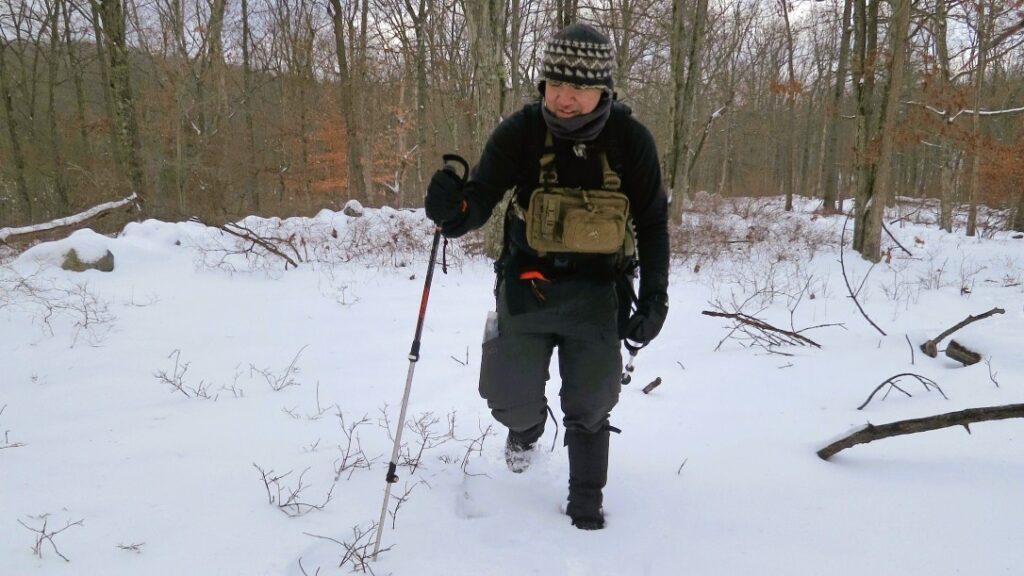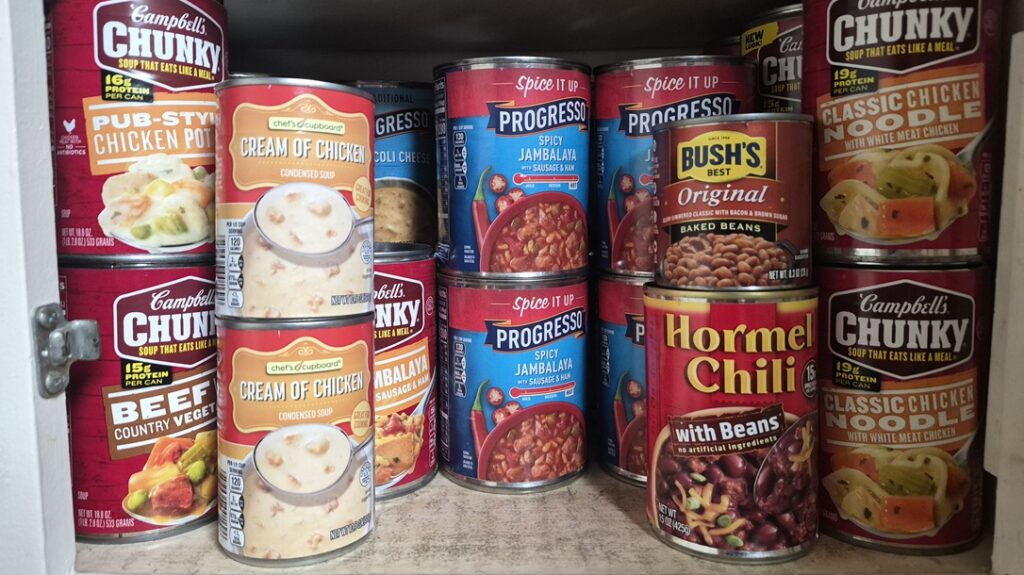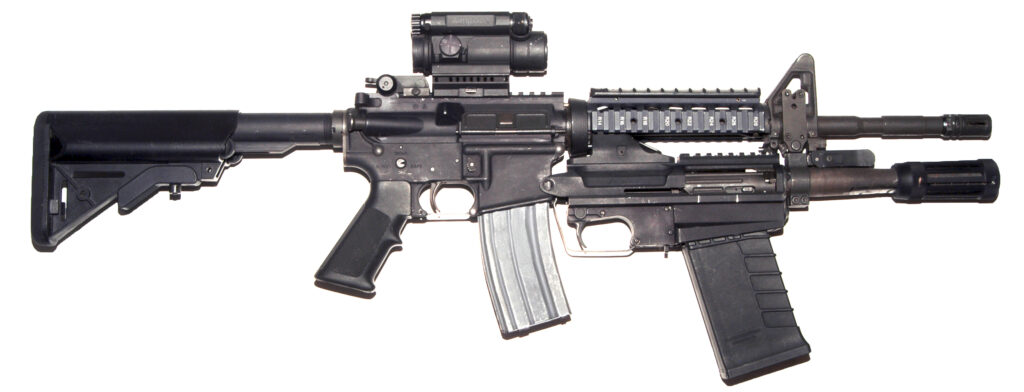The Magpul Hunter 700 Stock is quickly becoming a go to stock for both hunting and competition with the new series National Rifle League Hunter. Due to the current hunting season and after ending the inaugural year of NRL Hunter, I think it was important that we got some information from the company about things that users have seen, and even go so far back as “why make the hunter stock?” in general. When using a piece of equipment it is easy to miss ways to use it fully to your advantage if you don’t know the reason or purpose for why it was designed the way it was.
The Stock
The Hunter 700 Stock is a durable, strong, and a fully customizable lightweight stock option. Made with reinforced polymer and an anodized aluminum bedding block it will eat up that heavier recoil shooting such as with 6.5 Creedmoor. The stock allows the user to change length of pull, comb height, and even allows for use of aftermarket parts with additional adapters. Starting at 3.0 lbs, this is an affordable option to use both competitively and to put meat on the table.
From the Company
Purpose
Magpul is very forthcoming in stating that the intended market for the hunter stock is the hunting and general precision shooting community. With that being said, the purpose of the Hunter Stock “was meant to bring the adjustability and features required for good rifle fit and longer distance shooting performance to the market in an inexpensive and modular package that still had a value proposition that was appealing to the higher end shooter”-Magpul Executive Vice President
Advertisement — Continue Reading Below
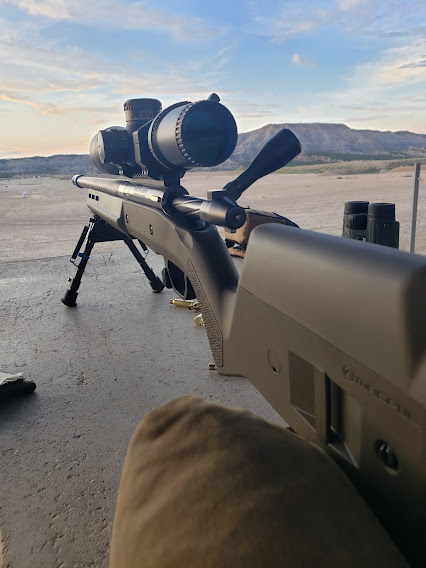
Ergonomics
The Hunter Stock is very true to the form of a “hunters” stock. It has an angled grip and the wrist of the stock allows for a natural hunter way of gripping the stock. This was meant for various reasons. When it comes to precision shooting many focus on a “straight to the rear” trigger press. In doing this they think that the only way this can be obtained is if you run a straight and vertical grip that doesn’t introduce angle to the grip. Shooter dependant, that is false.
From the rep on grip angle and design..
“The grip shape is something we spent a lot of time on. The “easy” button for pure precision applications would be to do a vertical front strap. The stock was made and intended with hunting in mind, and after playing with some prototype grip options, there were compelling reasons to go with the shape we did. You can still get a straight to the rear trigger pull with good consistency on the angle we chose…just not with 100% finger contact. The middle finger gets full contact and the bottom two pinch the far side. Using the index notch for the thumb allows consistency of grip. I’ve personally shot regular sporting stocked rifles, and even straight-stocked sharps rifles that way my whole life. So why compromise that? Well, when we handled the rifle, in moving with the rifle in hand and just getting into shooting positions, the angled grip allowed better purchase of the rifle when controlling via one hand on the pistol grip while getting into positions, moving, shifting the rifle around, and these are all things you do much more when hunting. We saw no actual degradation of our personal performance with the angled grip shape in shooting, and so we went with it.“-Magpul EVP
Advertisement — Continue Reading Below
As for the ergonomics of the wrist of the stock,
“The other thing it allowed is purely an unintended consequence, but…there are a lot of shooters and hunters out there, who, despite any level of exposure to the “right” way, wrap their thumb around the back of the wrist of the stock. They have the option of doing that with the hunter, if that’s what they want to do.“
From my personal experience, the wrist of the stock has allowed me to control recoil without influencing the gun. One trick I learned from Isaiah Curtis, a highly regarded precision rifle shooter, is to rest/push my thumb on my firing hand into the back of the wrist of the stock instead of resting it on the strong side or wrapping it around. Pushing straight into the stock, which actually has a flat surface to allow me to do this, helps control that recoil in a straight to rear fashion.
Advertisement — Continue Reading Below
Weight
When building a “lightweight stock” for the hunting community and many precision matches coming out that involve weight restrictions, the weight of the stock will be a big factor when it comes to choosing one stock over the other. It is a balancing act, something light enough to be mobile with or make weight restrictions, to something that is still durable and can accept recoil. The weight of the hunter stock is 3.0lbs without action and bottom metal. If you were to install the bolt action magazine well that Magpul makes for this stock to configure it to accept and drop freely magazines, you will add 2.2oz.
From the company, “Part of it was materials, part of it was the ease of adjustability, part was the fact that honestly…most people SHOOT a slightly heavier rifle better. WIth a proof light sendero and a stiller action, a rifle is 8lbs and change, 10lbs and change with a steel heavy sporter. Those weights aren’t super fun to carry forever in the mountains, but doable, and I do it that way because heavier rifles are more forgiving of positional support variances. Some guys can shoot a 7lb rifle with optics in a stout caliber and have great capabilities. Most people would benefit more from a little extra weight in the rifle.”-Magpul EVP
Advertisement — Continue Reading Below
From my personal experience, the weight hasn’t been an issue an honestly may have worked to my favor. I am still able to compete in the open light division within NRL Hunter which is described as any configuration that is under 12 lbs. This includes bipod, scope, etc.
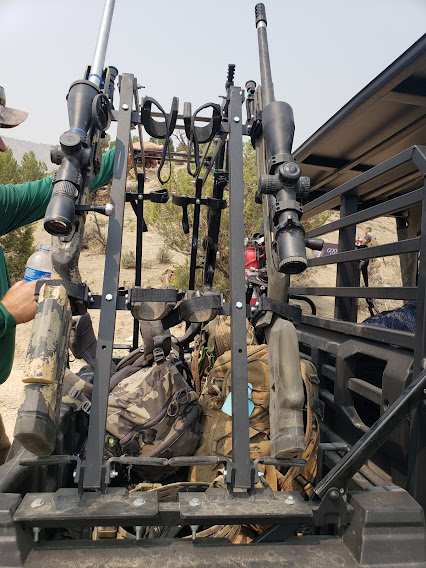
Customization
- Sling Studs: Three dimpled drill points for sling studs
- Butt Pad: OEM butt pad adapter if needed for aftermarket butt pad uses
- Adjustable LOP: 13.0″-15.0″ with included 0.50″ spacers
- Accessories: Multiple M-LOK slots
- Cheek Riser: Optional 0.00″, 0.50″, and 0.75″ Cheek Risers available to adjust cheek weld (stock comes pre-fitted with 0.25″ Riser)
- Magazine: Can be outfitted with removable AICS patterned magazine adapter
The Future
A lot of bolt gun things are in the work for Magpul however with current supply issues nothing will be announced until the equipment is on the shelf and ready to ship.
Advertisement — Continue Reading Below
The Build
Built by Curtis Custom Weapons out of Clarence, Missouri
(contact Curtis Custom Weapons for your own custom build by emailing curtiscustomweapons@gmail.com)
- Zermatt arms origin action
- Bartlein carbon fiber 22” 8 twist barrel
- Trigger tech Diamond pro curve set at 8oz
- Hawkins precision ACE muzzle brake
- Magpul hunter stock
- Harris 6-9” bipod
- 11lb 14 oz in current configuration (giving me the ability to run it in the light division)
The NRL Hunter Series
While this stock is great for hunting, it has proven its worth in competition as well. The NRL Hunter Series is a series to pay homage to the shooting style that the vast majority of Americans participate in each year, hunting. Equipped with lighter rifles, less power scopes, ranging equipment and real moving targets, hunters are the main reason that much of our equipment even exists. The goal of NRL hunter is to bridge the gap between those shooters and our current competition shooters. This stock has allowed me the ability to make my own shooting positions on rocks, branches, and standard modified prone and get the hits.

Advertisement — Continue Reading Below
Options to purchase
Press “find locally” on this page
Advertisement — Continue Reading Below
Many outdoor stores and amazon also sell this product.

